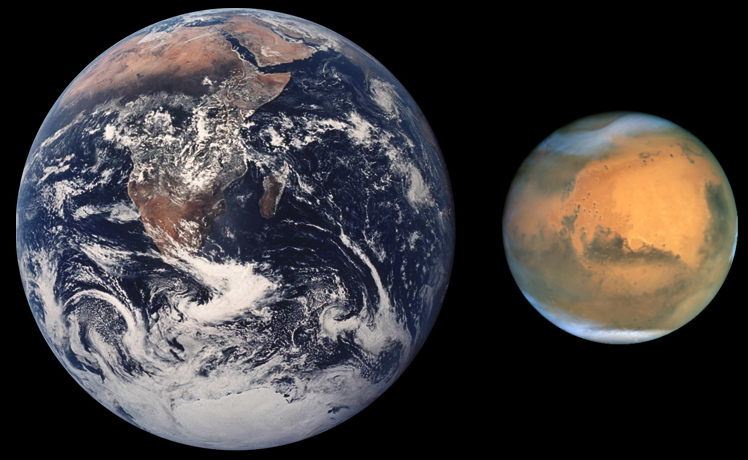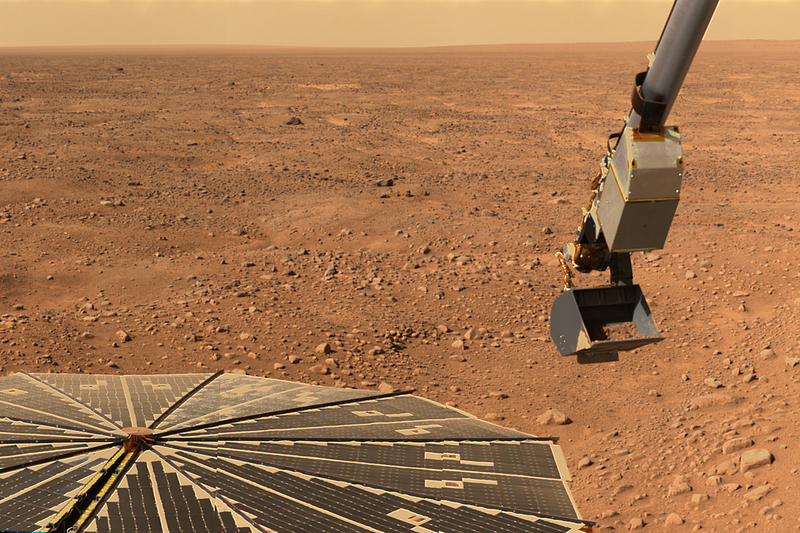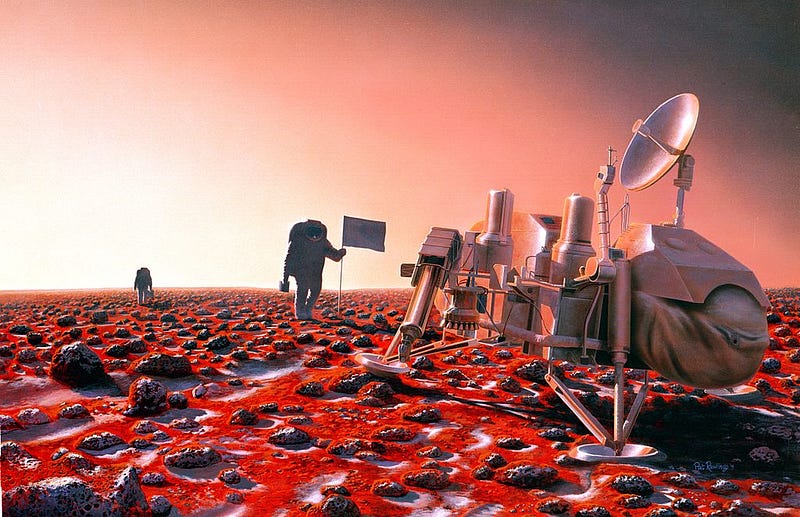The Enigmatic Mysteries of Mars: Unsolved Questions Explored
Written on
Chapter 1: Introduction to Mars
Mars, the fourth planet from the sun, has long captured the imagination of both the general public and scientists alike. Over the past forty years, numerous explorations have revealed a wealth of information about this intriguing world. Despite this, several critical questions remain unanswered.

Chapter 1.1: The Allure of Mars
The red planet is often viewed as a dream destination for travelers, featuring canyons five times longer than the Grand Canyon and mountains three times taller than Everest. Mars shares several characteristics with Earth, such as a dusty atmosphere, shifting polar caps, and a day length comparable to our own.
As NASA prepares for its next major mission with the InSight lander, set to arrive in late November, let’s delve into some of the most pressing mysteries that continue to perplex researchers. Some of these secrets may remain elusive until humans actually step foot on Martian terrain.
Section 1.1.1: Is There Evidence of Liquid Water?
One of the foremost questions is whether liquid water still flows on Mars today. Given the planet's frigid temperatures and thin atmosphere, any existing liquid water should either evaporate or freeze. Yet, satellites have captured images of numerous ancient riverbeds and canyons that suggest the presence of swiftly moving water in Mars' distant past.
Where has all that water gone? Scientists theorize that these geological features may indicate a warmer, wetter era on Mars, with potential ice or deep liquid reservoirs still hidden beneath the surface.
Recent observations from orbiting spacecraft, including the Mars Reconnaissance Orbiter, have provided compelling evidence of water ice in the polar regions and even possible seasonal flows of liquid water. Researchers have identified signs of hydrated minerals on steep crater slopes where dark streaks were previously observed. This suggests that salty water may trickle down during warmer months, only to vanish when the temperature drops.

Section 1.2: The Cratered Southern Hemisphere
Another intriguing question is why the southern hemisphere of Mars is so heavily cratered compared to the relatively smooth northern hemisphere. NASA's Viking missions in the 1970s first highlighted this stark contrast, with height differences of up to five miles between the two regions.
Some researchers propose that geological processes, such as mantle convection, have shaped Mars' landscape. Others suggest that a colossal asteroid impact around 3.9 billion years ago may have profoundly altered the planet's surface, creating the southern highlands and influencing volcanic activity.
Understanding this aspect of Martian history could be crucial for future explorers seeking optimal locations for resource extraction.
Chapter 2: The Enigma of Methane
Section 2.1: The Mystery of Martian Methane
Methane has been detected in Mars' atmosphere, raising questions about its origin. This gas could signify current biological activity or other geological processes. Recent findings from NASA's Curiosity rover indicate a gradual increase in methane levels, suggesting a continuous source, likely near Gale Crater.
While methane on Earth is largely produced by biological processes, the same cannot be conclusively stated for Mars. The exact source of this methane remains unknown, as the rover focuses on exploring the stratified rocks in the crater's central mountain.
Section 2.2: Signs of Life?
The possibility of life on Mars hinges on the presence of liquid water, a key ingredient for life as we know it. Evidence of ancient water bodies has rekindled hopes of discovering signs of past or present life forms.
Scientists believe that dried-up lake beds, such as Gale Crater, could harbor fossils or remnants of organic matter. NASA's upcoming missions aim to search for these clues. Moreover, extremophiles on Earth offer a glimmer of hope that life could exist in the harsh Martian environment.

Section 2.3: The Feasibility of Human Survival on Mars
With plans for a human mission to Mars targeted for the mid-2030s, the question of survival on the planet looms large. For humans to thrive, they will need to harness local resources and live independently from Earth.
Future habitats may need to be constructed underground to shield inhabitants from harmful cosmic radiation. The Martian soil, however, is sterile and contains perchlorates, complicating efforts to grow food.
Innovative technologies are in development to support scientific research and establish self-sufficient habitats. Efficient fuel cells and advanced extraction methods will be vital for producing oxygen, clean water, and other essential materials.
The answers to these profound questions will only be revealed when the first human mission to Mars is underway. As that moment approaches, the world will undoubtedly be captivated, eagerly anticipating humanity's next venture into the cosmos.